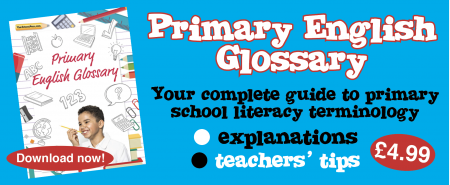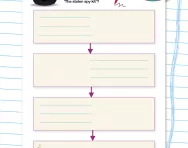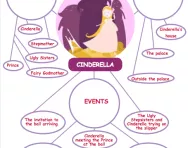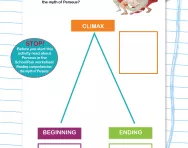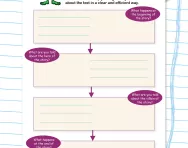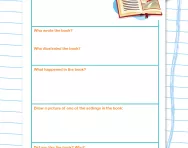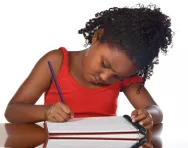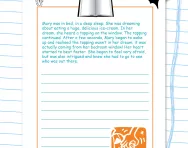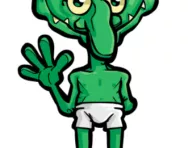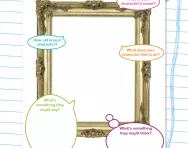Important update from TheSchoolRun
For the past 13 years, TheSchoolRun has been run by a small team of mums working from home, dedicated to providing quality educational resources to primary school parents. Unfortunately, rising supplier costs and falling revenue have made it impossible for us to continue operating, and we’ve had to make the difficult decision to close. The good news: We’ve arranged for another educational provider to take over many of our resources. These will be hosted on a new portal, where the content will be updated and expanded to support your child’s learning.
What this means for subscribers:
- Your subscription is still active, and for now, you can keep using the website as normal — just log in with your usual details to access all our articles and resources*.
- In a few months, all resources will move to the new portal. You’ll continue to have access there until your subscription ends. We’ll send you full details nearer the time.
- As a thank you for your support, we’ll also be sending you 16 primary school eBooks (worth £108.84) to download and keep.
A few changes to be aware of:
- The Learning Journey weekly email has ended, but your child’s plan will still be updated on your dashboard each Monday. Just log in to see the recommended worksheets.
- The 11+ weekly emails have now ended. We sent you all the remaining emails in the series at the end of March — please check your inbox (and spam folder) if you haven’t seen them. You can also follow the full programme here: 11+ Learning Journey.
If you have any questions, please contact us at [email protected]. Thank you for being part of our journey it’s been a privilege to support your family’s learning.
*If you need to reset your password, it will still work as usual. Please check your spam folder if the reset email doesn’t appear in your inbox.
What is a story map or story mountain?
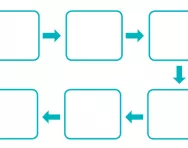
What is a story map?
To help children to understand the structure of a story that is being studied in class, they may be encouraged to draw a story map.
A teacher may give them a frame on which to work, or they might give them a blank sheet of paper and ask them to draw it themselves. The idea is that the children are aware of the main events of the story and can remember how they are sequenced. This is an example of an empty story map:

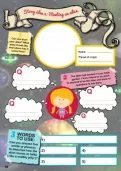
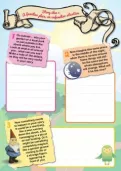
Download a FREE Creative Writing toolkit!
- KS1 & KS2 workbooks
- Bursting with fill-in prompt sheets and inspiring ideas
- Story structure tips, style guides and editing suggestions
It is a good idea to encourage children to draw pictures on a story map, to help them to visualise the story. Teachers sometimes encourage them to include speech written within speech bubbles.
What is a story flowchart?
Similar to a story map is a story flowchart which may be set out as follows:
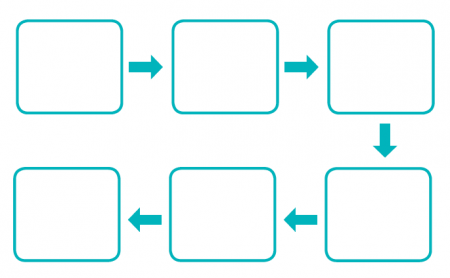
What is a story mountain?
A story mountain is another tool to help children to understand story structure.
The benefit of using a story mountain diagram to analyse text is that it enables children to understand that some stories often start with a description of setting and characters and then start to build up the action. Around the middle of the story there is often a problem where something exciting or scary happens. This is known as the climax of the story. There then needs to be a resolution of this problem and then a suitable ending to round off the story.
- Description of setting / characters
- Build up to the action
- Climax
- Resolution
- Ending
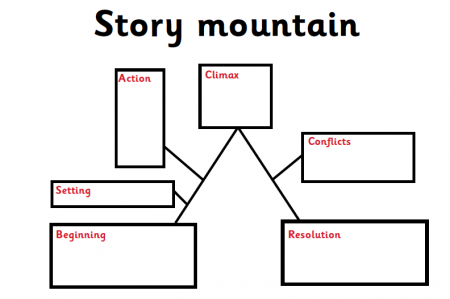
When marking a child's story map, mountain or flowchart, teachers check whether a child has understood that the idea of this process is to remember the main events of a story without including all the detail. Children are expected to write in note form, rather than full sentences when completing a diagram like this.
How are story maps used in the primary classroom?
Teachers often ask children to plan their own stories using maps, flowcharts or mountains. This helps them to think clearly about the plot and structure of their story, and how they plan to divide it into different paragraphs, before they start writing. It can also greatly improve the quality of their writing if they mimic the structure of a story they have read and enjoyed.
When working on non-fiction texts it's more common for children to use spider diagrams to organise their ideas and make notes.